Wings of desire: Why the hobby of Butterfly collecting is over - it's all about conservation now
Lepidoptery has changed with technology replacing the killing jar
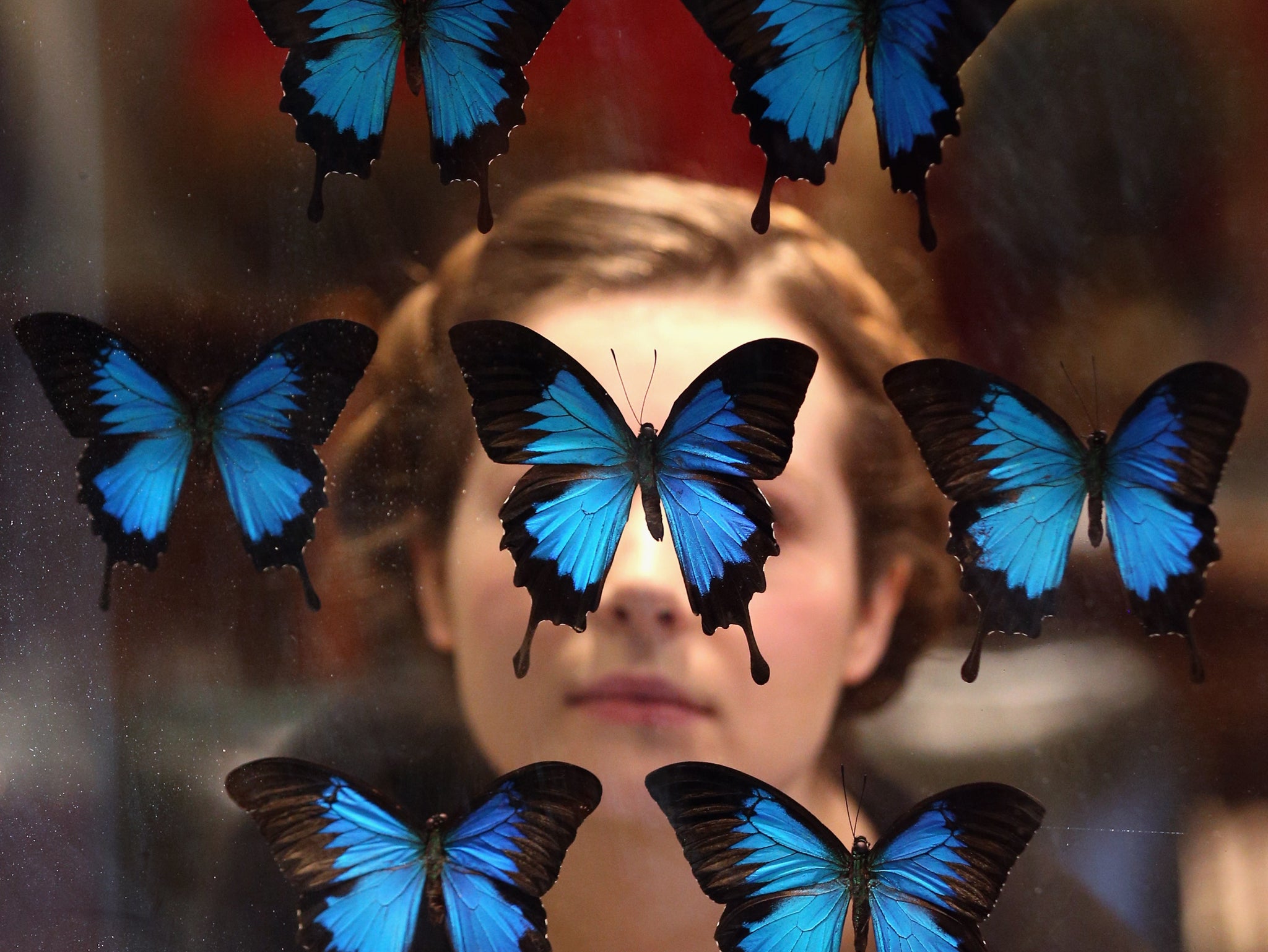
Here’s a question they might want to borrow for QI. Which two 20th-century British prime ministers collected butterflies? Did you get it right? The answer is Neville Chamberlain and Winston Churchill. Churchill chased butterflies at his prep school, and later in India, Cuba and South Africa. Chamberlain collected them both at home and in the Bahamas. By the time they were in Downing Street, those days were far behind them; but after the war, Churchill attempted to stock his garden at Chartwell with butterflies, while in a corner of his study Chamberlain always kept his cabinets of faded specimens collected as a young man.
Can you imagine David Cameron chasing swallowtails in the Algarve or Tony Blair collecting desert butterflies during one of his tours of the Middle East? They would become a national laughing stock. But no one seems to have poked fun at Churchill or Chamberlain. And they weren’t alone. When, in Stalinist Russia, they purged the leading Bolshevik Nikolai Bukharin, his known passion for butterflies was not added to his supposed crimes. Nor was Air Marshal Saundby’s large butterfly collection held against him when he headed up Britain’s bomber offensive during the Second World War. In those days, butterfly collecting was as socially acceptable as fishing or shooting pheasants. Far from being morally objectionable, it was one of the stock hobbies of country vicars.
Butterfly collecting seems to have reached its peak in the warm summers leading up to the First World War. One line of evidence comes from auctions. Cases of butterflies were regularly sold at Sotheby’s and other auction houses, and demand drove prices to a record high at the turn of the 19th century. By 1910, perfect examples of the extinct English race of the large copper, a butterfly as richly coloured and shiny as a new penny, fetched as much as £200. Half a century further on, they were worth less than a twentieth of that.
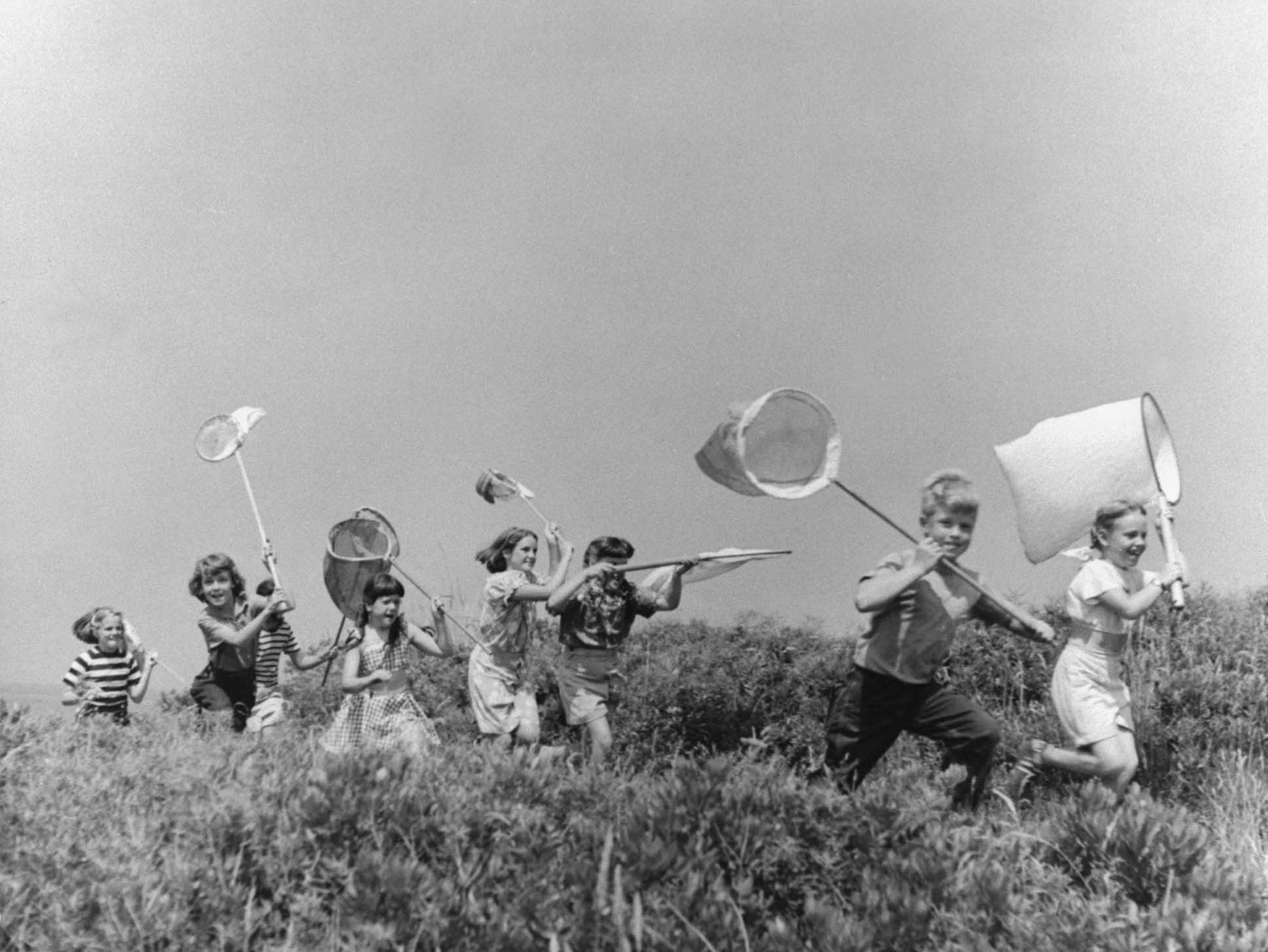
The hobby’s popularity can also be measured from the number of specialist journals, long extinct, as well as books that tended to feature a bearded gentleman in heavy tweeds, lunging towards a fine specimen, net raised in anticipation. (Their titles were quaintly Victorian: The Entomologist’s Weekly Intelligencer; Entomologist’s Gazette; The Entomologist’s Record and Journal of Variation.) There were also butterfly farms and dealers, trading in specimens and equipment, ranging from muslin nets shaped like kites to special black-enamel pins and “secret” proprietary mixtures for attracting moths. As for the cyanide you needed for your killing jar, you could buy that at your local chemist.
This was a lost world of mahogany cabinets smelling of mothballs, of stacked cages in Edwardian conservatories and sheds full of chomping caterpillars, of long walks or bicycle rides armed with poles to beat the bushes for caterpillars and special extensible trays to catch them as they fell. Of searching the grass stalks for varieties of butterfly that differed from the norm. Or communal moth hunts around a bright lamp armed with round boxes made from wood shavings.
You needed a good pair of eyes and knowledge of the most likely places to find a species. And to catch some butterflies, you needed the agility and wrist-action of a good tennis player. To many, butterfly hunting was a sport to compare to fly-fishing or stalking – with a purple emperor or swallowtail in place of a 20lb salmon or 12-point stag.
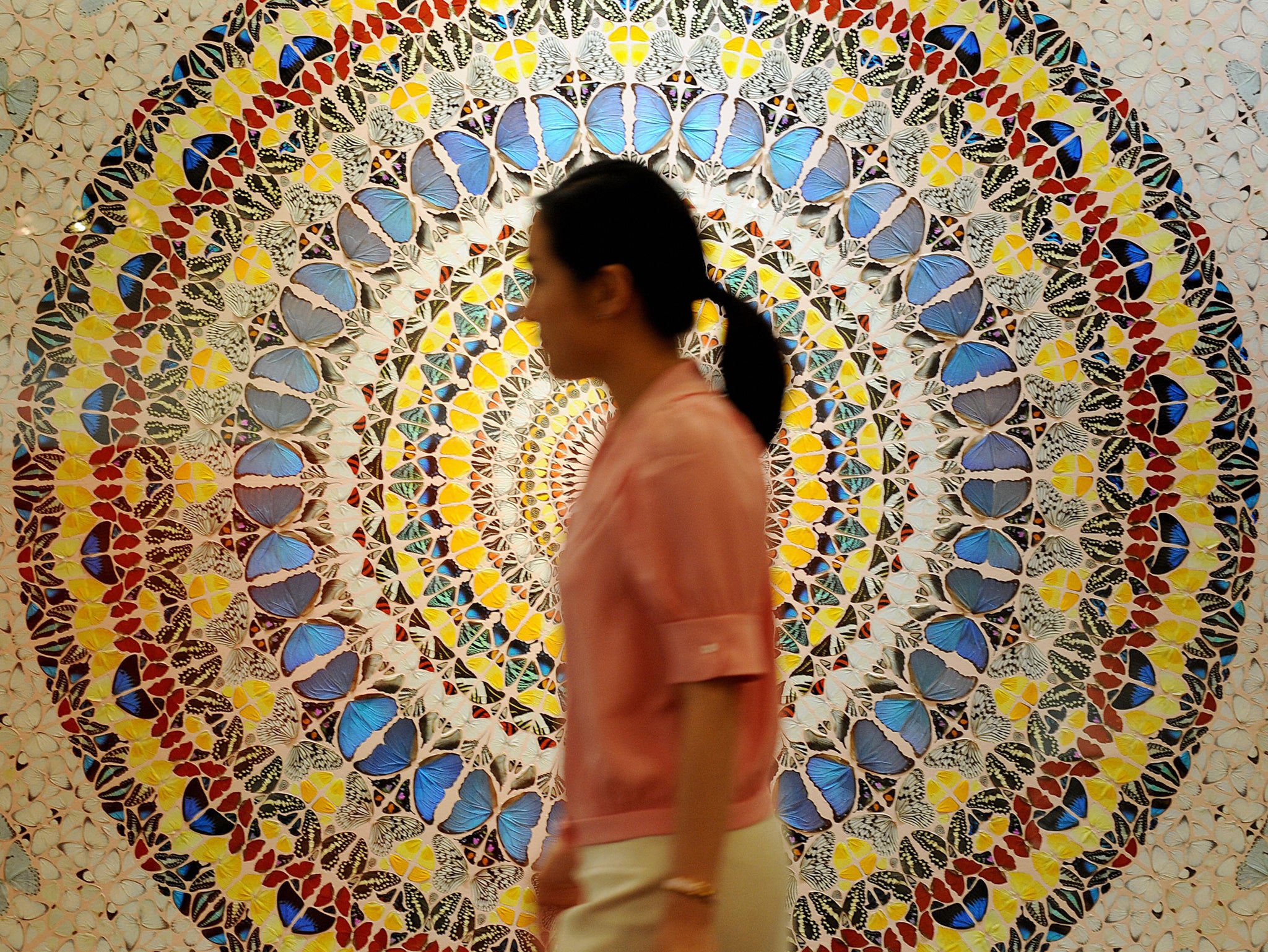
How things have changed! When I was a boy, in the early Sixties, you could still jump on your bike with a satchel and net strapped to your back and ride off into butterfly country without a care in the world. Nearly all my earliest memories of butterflies are caught up in those net-waving expeditions in the French and English countryside with my father and younger brother. My rows of wonkily pinned specimens in their cork-lined store-box were, for a few years, my pride and joy. And long after I had given it all up and moved on, butterflies retained their magic. They were the bright, aerial catalysts that turned me into a naturalist and then a conservationist. To be honest, a buddleia bush covered in tortoiseshells and peacocks still makes me go all dewy-eyed.
Of course, no one would encourage today’s children to chase butterflies as I did, even assuming that any of them would want to. For one thing, there are no longer enough butterflies to go round: they are not as common as they used to be. When I was a boy, most of the larger woods in Southern England had glades in which you could see up to six species of fritillary – those elegant, swooping, chequered butterflies on which the sunlight seems to flash in a golden incandescence. Today you would be lucky to see even one. The countryside was more butterfly-friendly, with plenty of wild flowers in the fields and hedge banks, and proper woods of oak and beech with broad grassy rides and glades. We thought that was normal countryside. Today it survives mainly in nature reserves.
Our relationship with the natural world has also changed. We feel its fragility more than we did. Back then, we had some inkling of troubles on the African plains and coral reefs, though few of us had been to such places. It was brought to us in black and white on television (or the occasional colour film), with the help of people such as Armand and Michaela Denis and Jacques Cousteau (one grew to associate nature with funny foreign accents). Today, every one of us knows about climate change and the hole in the ozone layer. Many have experienced the consequences of environmental mismanagement in the form of flooded homes and dead bees.
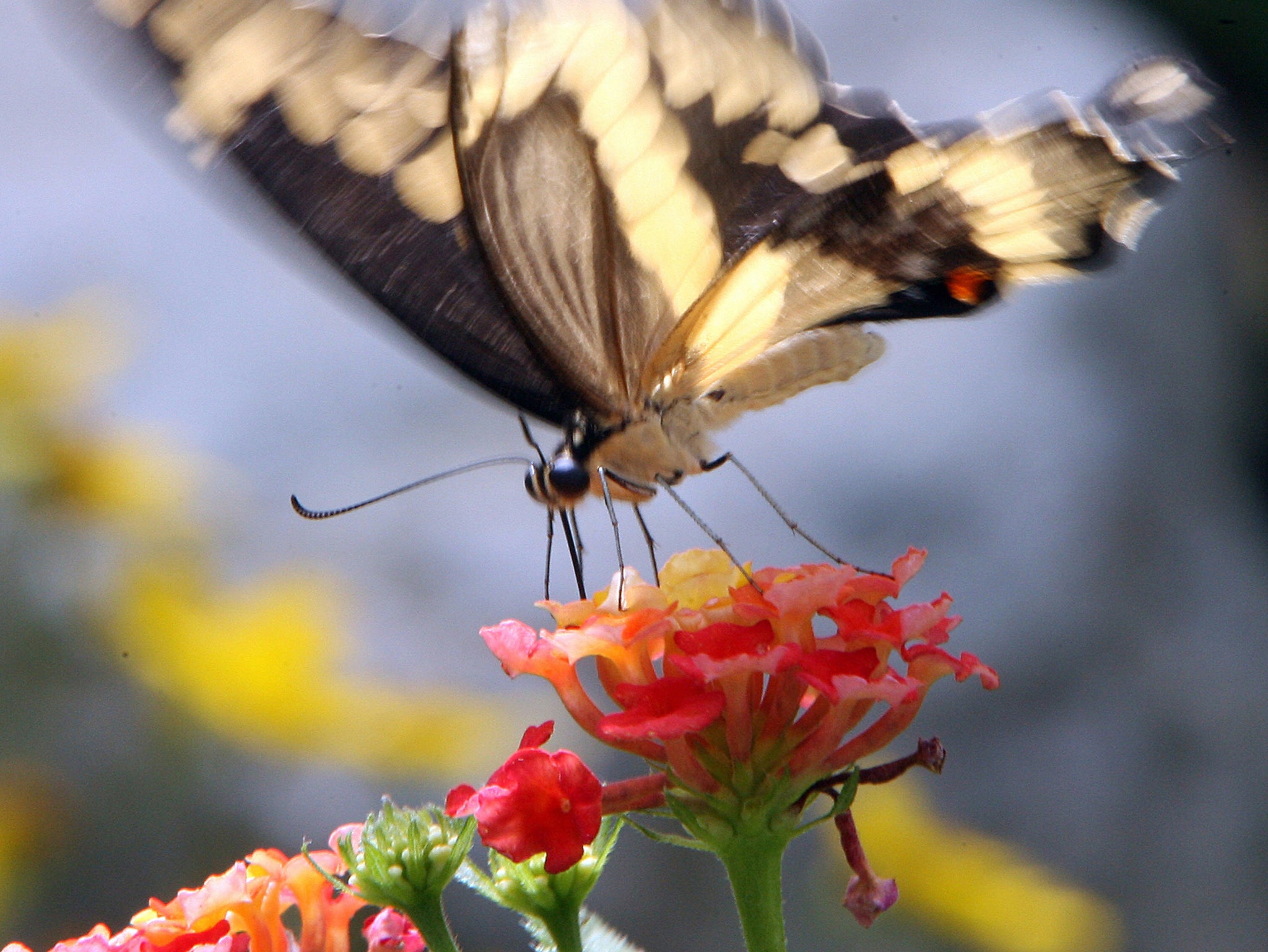
But, although we know more about “the environment”, most children have less direct contact with nature than we did. They no longer pick flowers or chase butterflies or catch newts or slow-worms to keep as pets. And a good thing, too, many would say. However, the consequence has been a distancing from the natural world. We may have overcome our impulse to collect natural objects, but how many children today can name trees or wild flowers or know what a lynchet is? (Indeed, words such as “acorn” and “brook” have been excised from the most popular children’s dictionary on the grounds that modern boys and girls are no longer concerned with such things.) How many have even climbed a tree? The natural world seems to have become boring, despite the determined grins of the presenters on Springwatch.
Meanwhile, the naturalists among us can sublimate any remaining desire for trophies with technology. Wildlife photography has become relatively easy. You can take better pictures of butterflies or even birds with a mobile phone than we could with our Canons and Nikons. And we have replaced pinned butterflies with dotted butterflies: that is, records of butterflies that are turned into dots on maps with the help of the latest computer program or app. Thousands of enthusiasts take part every year in schemes such as the Big Butterfly Count, organised by the charity Butterfly Conservation; from killing butterflies we have progressed to counting them.
When did we lose the urge to collect butterflies? I would date the first real signs of social disapproval to the early Sixties, when traditional hobbies were disappearing down the same slippery chute as traditional values. Two books marked that change. The first was Silent Spring by Rachel Carson, which drew attention to the harmful effect of pesticides such as DDT on the environment, and especially bird life. Plummeting peregrines and outcast otters created something new: a sense of guilt about what we were doing to the natural world. From that point onwards, no one could write seriously about nature without voicing concern for its survival. Killing nature, we understood, was bad.
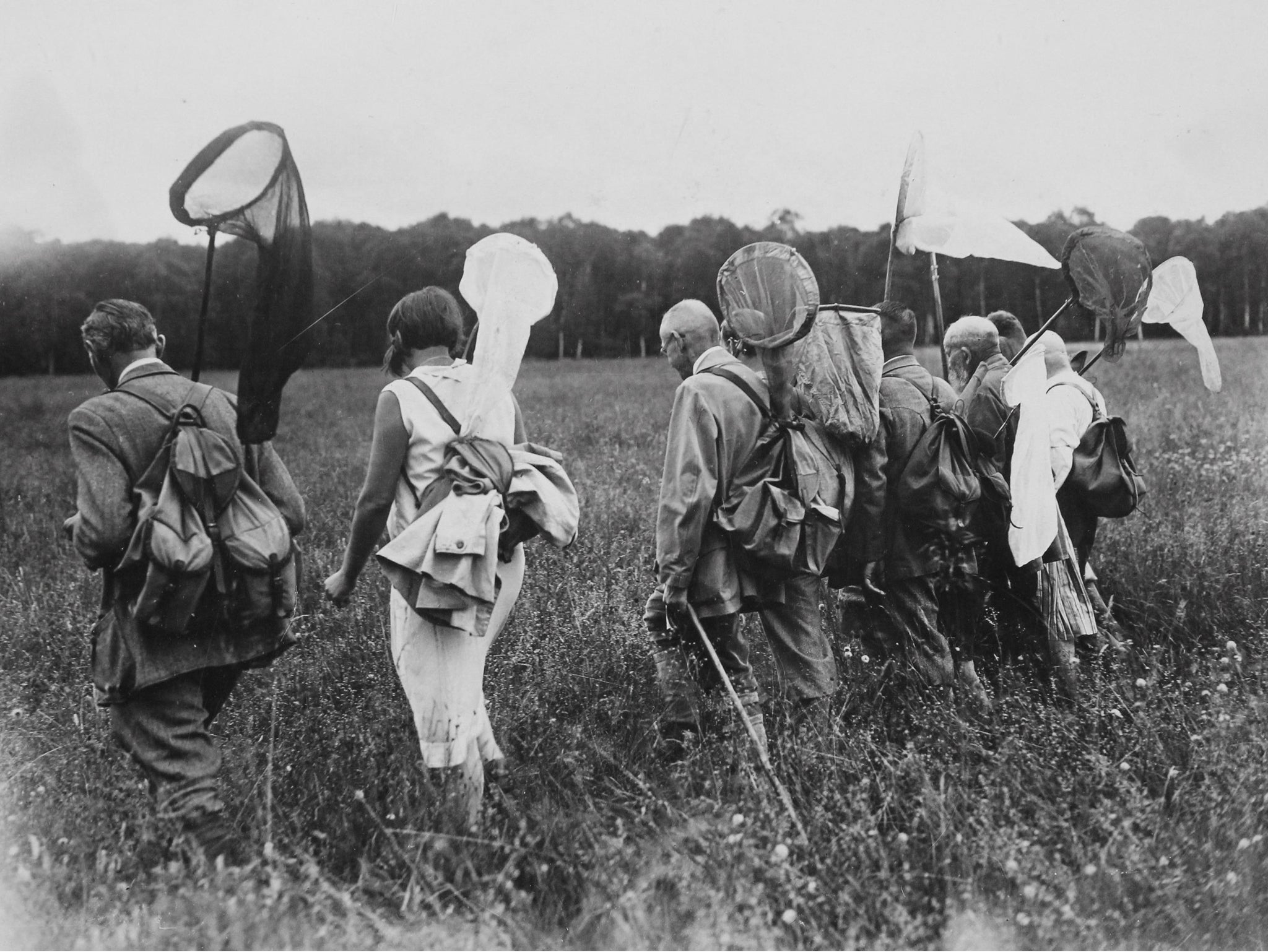
The second was The Collector, a novel by John Fowles published a year later in 1963. It is about a psychotic young man who collects butterflies but becomes more interested in a girl he fancies called Miranda Grey. He catches her with the chloroform he uses to snuff out the lives of his butterflies and imprisons her in his cellar. Miranda becomes his human butterfly. Fowles claimed that the theme of the novel was about gender and class relationships but it is clear he hated butterfly collecting, indeed all kinds of specimen collecting, with a passion. He was, in fact, filled with the righteousness of a poacher-turned-gamekeeper – for he himself had collected butterflies. He came to realise the error of his country ways after a shooting accident in which he nearly blew his foot off. The Collector hit the collector where it hurt: in his sense of moral propriety. After the publication of Silent Spring and The Collector, chasing butterflies lost its innocence.
Collecting was not, and is not, illegal, as many people seem to think. You can still catch a butterfly, or pick a flower, if the owner of the land will let you. Only certain rare and declining species, such as the high brown fritillary and the swallowtail, are protected by law. But in practice most places that are still good for butterflies are protected with by-laws and other designations that effectively outlaw collecting.
Moreover, anyone seen catching insects with a net on a nature reserve is likely to become an object of suspicion (it’s the reason why we seldom know much about insects on nature reserves). It is unfashionable to say so, but collecting probably never did much harm: so long as the habitat continues to support them, insect dynamics make responsible collecting infinitely sustainable. Spiders consume far more butterflies than the collector ever did. Intensive farming, forestry and urban development have done the damage by wiping out their habitats for ever. In that sense, we are all guilty.
Abroad, especially in the tropics, where collecting butterflies could still have a useful purpose – discovering new species, for instance – another factor comes into play: the sense of butterflies as national property. Almost throughout the Third World, butterfly collecting is now illegal without a licence, and such licences are normally given, if at all, only to official expeditions. The authorities must know that collecting is the least of the problems butterflies face in Brazil or India or China. I suspect that what lies behind the prohibition is not so much care as politics: an understandable resentment of foreigners coming into our country to steal our butterflies. Especially when collecting is associated with memories of imperialist trophy-hunters wearing pith helmets who hired natives to do the catching.
In the meantime, what has happened to all those butterfly collections assembled in bygone days? At one time, you saw the 10- or 20-drawer mahogany cabinets everywhere: in junk shops, in the lab at school, in field centres and provincial museums. But not so much now, and I suspect that most of the collections have crumbled into dust. Properly curated, pinned butterflies can last for ever, but if not, mites and beetles get in and chew them up until nothing is left but piles of powder around the bare pin.
Health and safety has hastened the destruction. The best way of keeping the bugs away from the butterflies was, rather ironically, to keep the collection well supplied with mothballs. But mothballs are made from naphthalene, a banned substance, and every other substitute has been banned too, including all the chemicals I used so cheerfully as a boy. Besides, in these days of budgetary constraint, museums have other priorities. Raising funds, for example, or managing contracts, or training assistants. And who wants to look at a row of dead butterflies when you can interact with live ones via a media link?
The safest dead butterflies are those in the Natural History Museum, where they reside inside the endless drawers of sealed cabinets. There are several million of them, thanks to the activities of Lord Rothschild and other plutocratic collectors of the golden age. For many years, they were locked away from the public eye while a new wing of the museum – appropriately known as the Cocoon – was built. Parts of it, at least, are now available again for bona fide researchers – although, because of security considerations, not to you and me. Recently, these 100-year-old butterflies have found a new and unexpected use: their labels are being examined for the light they might shine on climate change. I’m sure Lord Rothschild would have been pleased, though possibly a bit baffled.
For better or worse, the hobby of butterfly collecting is over, gone the way of bear beating and cock fighting. We did not know it then, but my generation was the last to experience the thrill of chasing the golden butterfly. I look back on it now with a mixture of shame and gratitude. Shame at killing such lovely things, but also thankful that I was able to discover the natural world for myself through my brief passion for Lepidoptera. Through watching them closely, butterflies entered my soul. It became a love affair made up of the freedom to roam in beautiful wild places with a romantic attachment to nature symbolised by the simple butterfly. As Dolly Parton said, “Love is like a butterfly.” Only it would be just as true turned round. For me, at least, a butterfly is love.
‘Rainbow Dust: Three Centuries of Delight in British Butterflies’ by Peter Marren is published by Square Peg
Join our commenting forum
Join thought-provoking conversations, follow other Independent readers and see their replies
Comments